Quick Airline Information:
✈Airline IATA* code: 5J✈Airline ICAO* code: CEB✈Founded: 26 August 1988✈Website: www.cebupacificair.com✈Alliance: None✈History✈Operations and Destinations 🌍✈Fleet ✈️✈Photo Slide 📷✈Airline reviews ⭐
*IATA: (International Air Transport Association)
*ICAO: (International Civil Aviation Organization)
History Menu:
The airline was established on 26 August 1988, and started operations on March 8, 1996 with the DC-9-30 aircraft. Cebu Air, Inc. was subsequently acquired by JG Summit Holdings (owned by John Gokongwei). Domestic services commenced following market deregulation by the Philippine government. However, it temporarily ceased operations in February 1998 after being grounded by the government due to an accident, but resumed services later the next month following re-certification of its aircraft.
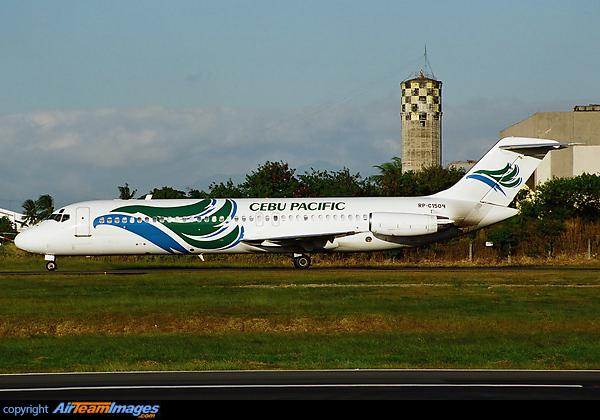
It initially started with 24 domestic flights daily among Metro Manila, Metro Cebu and Metro Davao. By the end of 2001, its operations had grown to about 80 daily flights to 18 domestic destinations. It also added the Boeing 757 to it’s fleet in 2000 for increased demands on some routes.
In the 2000s, Cebu Pacific was granted rights to operate international flights to the region, including Malaysia, Indonesia, Singapore, Thailand, South Korea, Hong Kong, and Guam. International flights were launched on 22 November 2001, with a twice-daily service to Hong Kong. On 1 March 2002, it commenced thrice-weekly flights to Seoul. Also in 2005, the airline took delivery if the first Airbus aircraft, the A319-100, which the carrier deployed on domestic services.
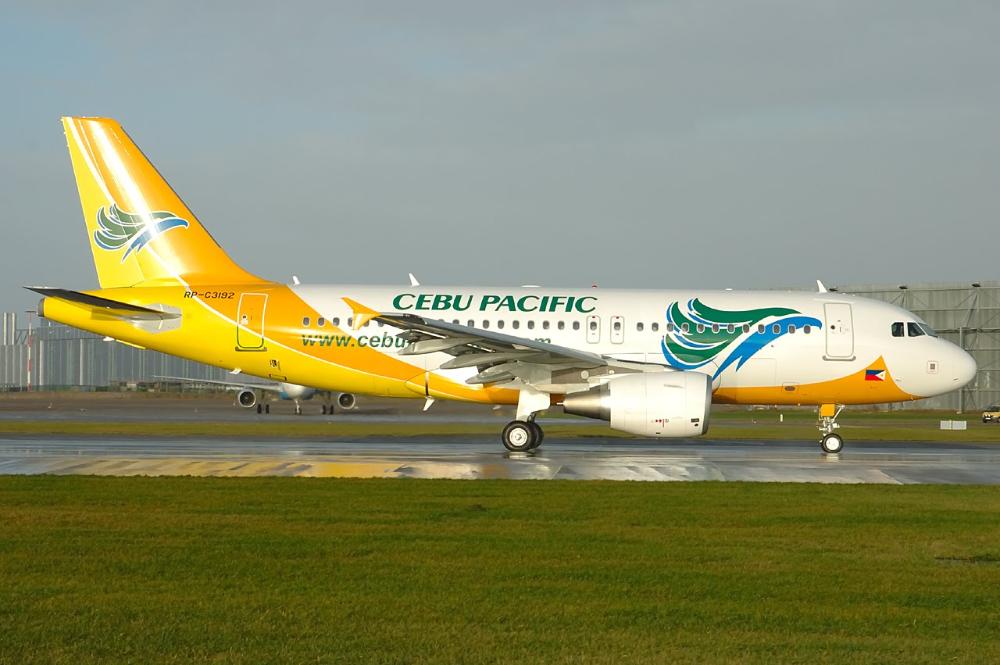
The airline resumed its Manila-to-Singapore flights on August 31, 2006 and launched its direct flight from Cebu to Singapore on October 23, 2006, the first low-cost airline to serve the Cebu-Singapore-Cebu sector, and in direct competition with Singapore Airlines' subsidiary SilkAir. The airline operated direct flights from Cebu to Hong Kong in October 2, 2006.
As of January 2008, it operates regional flights to Busan, Hong Kong, Singapore, Seoul-Incheon, Taipei and Bangkok beginning April 6, 2008 from Cebu and Bangkok, Guangzhou, Hong Kong, Jakarta, Kuala Lumpur, Macau, Singapore, Taipei, Seoul-Incheon, Shanghai and Xiamen from Manila. During 2007, the airline took delivery of its first A320, the aircraft became the backbone of the fleet and was used on both domestic and international routes.
Also, in June 2007, Cebu Pacific announced an order of up to 14 brand-new ATR 72- 500 aircraft, with six firm orders and eight options. On 12 November 2007, Cebu Pacific announced Davao's Francisco Bangoy International Airport as its fourth hub. Cebu Pacific announced that it would initially fly internationally from Davao City to Singapore, Hong Kong and fly one domestic flight to Iloilo. In late 2007, Cebu Pacific mentioned that it was aiming to cross the Pacific and launch non-stop flights to Houston and Chicago, by mid-2009. On 19 February 2008, Cebu Pacific Air received its first brand-new ATR 72-500 and expected to take delivery of another five ATRs from March to December 2008.
.jpg)
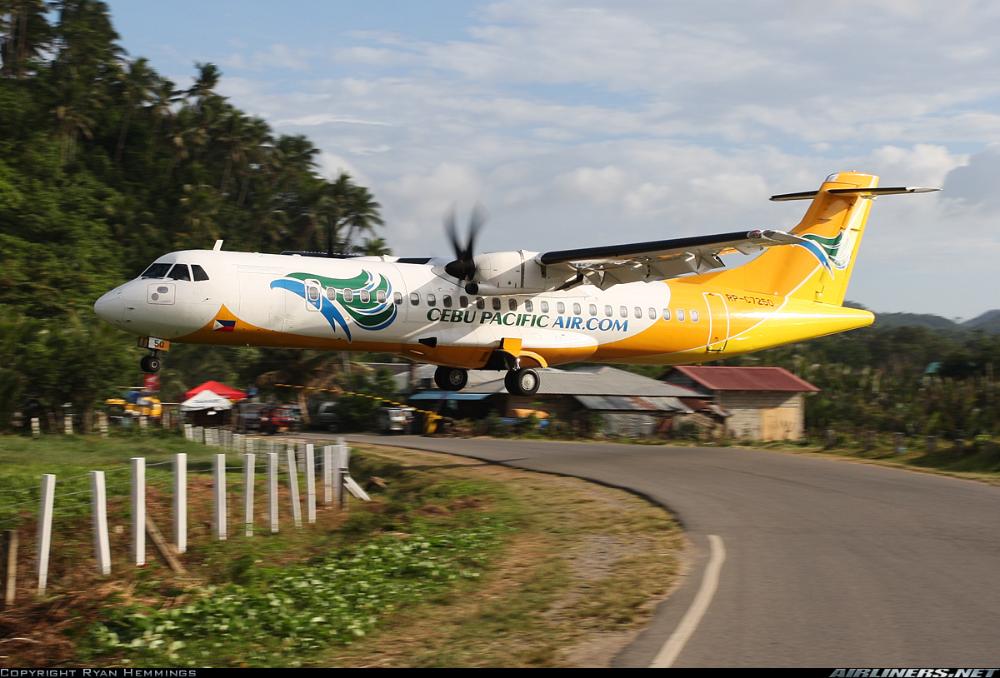
Cebu Pacific took delivery of its 16th brand-new, 179-seater Airbus A320 aircraft on 20 March 2008. The new aircraft was to support CEB's expanding international and domestic operations which include flights to 15, international destinations. On 22 July 2008, Cebu Pacific was the first airline to use the new Terminal 3 of the Ninoy Aquino International Airport.
Cebu Pacific planned to commence international long-haul flights to the Middle-East, United States, Australia, and some parts of Europe using the Airbus A330- 300. The first long haul flight commenced to Dubai, United Arab Emirates on 7 October 2013. Cebu Pacific announced non-stop, thrice-weekly flights between Manila and Dammam in Saudi Arabia which started on 4 October 2014 and Riyadh on 1 October 2014. The airline announced that they would commence flights to Doha, Qatar from Manila, starting June 4, 2015. However the routes to Saudi Arabia and Qatar were discontinued two years later.
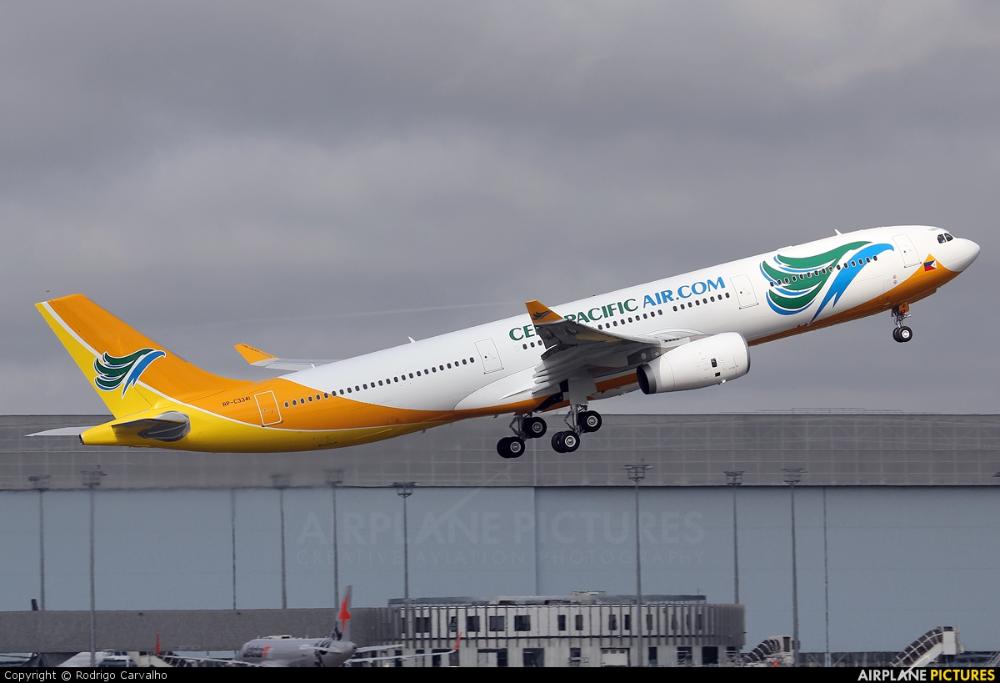
On 1 June 2015, Cebu Pacific announced its new branding effort through the launch of its new logo, which symbolises the airline’s evolution from a low-cost pioneer to a major airline with larger operations. On 25 November 2015, Cebu Pacific announced its first US destination. The airline launched its four times weekly service between Manila and Guam starting on 15 March 2016.
On 27 February 2018, Cebu Pacific, announced the launch of 3 weekly services between Manila and Melbourne, starting 14 August 2018. Between 2018 and 2022, Cebu Pacific will take delivery of 32 Airbus A321neos, two more Airbus A321 ceos and six ATR 72-600 aircraft orders.
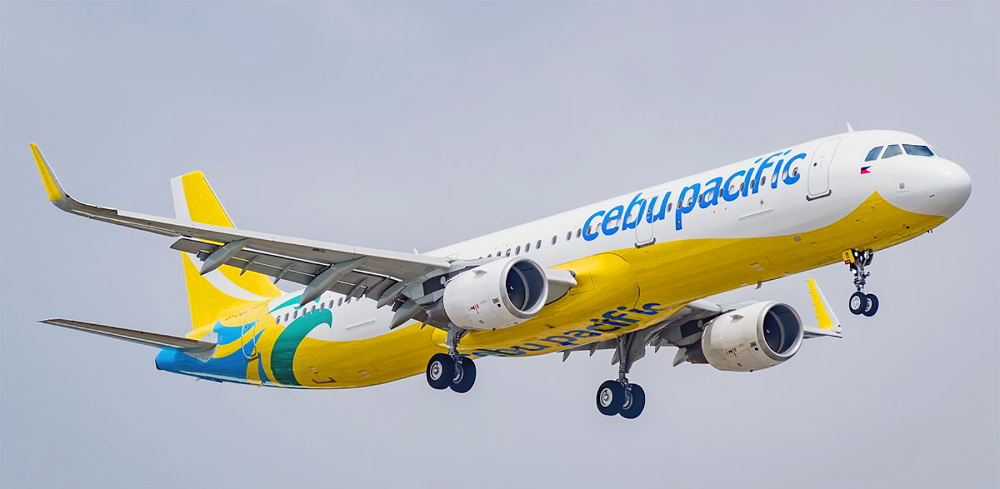
Operations and Destinations 🌍:
The main bases which Cebu Pacific operates from are Cebu and Manila,the main hubs, then, Davao, Idoilo and Kalibo as secondary hubs. They fly to 37 domestic destinations in the Philippines and to 27 international destinations.
Cebu Pacific flies to the following destinations*:
| Region 🗺️ | Destinations 🌍🌎🌏 |
|---|---|
| ✈The Philippines (domestic) | Bacolod, Busuanga, Butuan, Cagayan de Oro, Calbayog, Camiguin, Caticlan, Cauayan, Cebu, Clark, Cotabato, Davao, Dipolog, Dumaguete, General Santos, Iloilo, Kalibo, Legazpi, Manila, Masbate, Naga, Ormoc, Ozamiz, Pagadian, Puerto Princesa, Roxas, San Jose, Siargao, Surigao, Tablas, Tacloban, Tagbilaran, Tandag, Tawi-Tawi, Tuguegarao, Virac, Zamboanga |
| ✈Asia | Bandar Seri Begawan, Bangkok, Beijing, Busan, Denpasar, Fukuoka, Guangzhou, Hanoi, Ho Chi Minh City, Hong Kong, Jakarta, Kota Kinabalu, Kuala Lumpur, Macau, Nagoya, Osaka, Sandakan, Seoul, Shanghai, Siem Reap, Singapore, Taipei, Tokyo, Xiamen |
| ✈Australia and the Pacific | Sydney, Melbourne, Guam (USA) |
| ✈The Middle East | Dubai |
*Destination list is for reference only. Please check directly with the airline for updates.
*Note some destinations are only seasonal.*Correct info as of Nov 2018
Fleet ✈️:
The airline has a strong all Airbus aircraft fleet, with the exception of the thinner routes which it operates with ATR turboprop aircraft.
The Cebu Pacific's fleet* consists of the following aircraft:
| Network 🌐 | Aircraft ✈️ |
|---|---|
| ✈Short and Medium haul | Airbus A320, A321 (A320neo, A321neo to be delivered 2018-2022) ATR-72-500 (domestic thin routes) |
| ✈Long haul | Airbus A330-300 |
*Correct fleet info as of Nov 2018.
Cebu Pacific Photo Slide 📷:
Reviews ⭐:
 |  |
|---|---|
| ✅Competitive prices and routes offered. | 👎Seat pitch is very narrow as for European standards. |
| ✅ Full coverage of domestic flights in the Philippines. | 👎Need to pay for food and additional services (baggage, seat, etc) |
| ✅ Friendly and relaxed service | 👎 Number of public announcements are quite often. |
| ✅ Innovative ideas, playing games onboard with passengers to win prices. | 👎 Not part of any alliance or frequent flyer programme. |










.png)